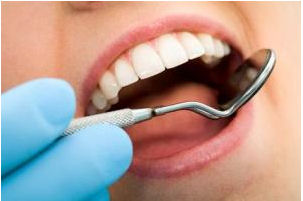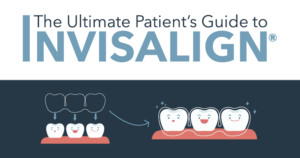New Process for Tackling Dental Decay!
 Researchers at the University of Leeds have discovered a pain-free way of tackling dental decay that reverses the damage of acid attack and re-builds teeth as new. ScienceDaily (Aug. 23, 2011)
Researchers at the University of Leeds have discovered a pain-free way of tackling dental decay that reverses the damage of acid attack and re-builds teeth as new. ScienceDaily (Aug. 23, 2011)
This new technique promises procedures that can eliminate tooth decay and the need to drill and fill teeth forever.
Tooth decay begins when acid produced by bacteria in plaque dissolves the mineral in the teeth, causing microscopic holes or ‘pores’ to form. As the decay process progresses these micro-pores increase in size and number. Eventually the damaged tooth may have to be drilled and filled to prevent toothache, or even removed.
The key is to catch tooth decay early so that your dentist can determine the best treatment to stop the decay!
Unfortunately many people have a fear of dentistry and put off treatment until more extensive treatment is required. Many patients have a tendency to ignore or put off recommended bi-annual check-ups and ignore signs of decay that cause existing problems to get worse and possibly hide early signs of decay in other teeth.
At the University of Leeds researchers have developed a revolutionary new way to treat the first signs of tooth decay. Their goal is to educate and train dentists about this process and provide them with a peptide-based fluid that your dentist will literally painted onto the tooth’s surface. The peptide technology is based on knowledge of how the tooth forms in the first place and stimulates regeneration of the tooth defect.
“This may sound too good to be true, but we are essentially helping acid-damaged teeth to regenerate themselves. It is a totally natural non-surgical repair process and is entirely pain-free too,” said Professor Jennifer Kirkham, from the University of Leeds Dental Institute, who has led development of the new technique.
The ‘magic’ fluid was designed by researchers in the University of Leeds’ School of Chemistry, led by Dr Amalia Aggeli. It contains a peptide known as P 11-4 that — under certain conditions — will assemble together into fibres. In practice, this means that when applied to the tooth, the fluid seeps into the micro-pores caused by acid attack and then spontaneously forms a gel. This gel then provides a ‘scaffold’ or framework that attracts calcium and regenerates the tooth’s mineral from within, providing a natural and pain-free repair.
The technique was recently taken out of the laboratory and tested on a small group of adults whose dentist had spotted the initial signs of tooth decay. The results from this small trial have shown that P 11-4 can indeed reverse the damage and regenerate the tooth tissue.
“The results of our tests so far are extremely promising,” said Professor Paul Brunton, who is overseeing the patient testing at the University of Leeds Dental Institute. “If these results can be repeated on a larger patient group, then I have no doubt whatsoever that in two to three years time this technique will be available for dentists to use in their daily practice.”
Larrondo Dentistry of Hemet, California is constantly looking at new procedures and technology to help patients maintain excellent oral health. If you have question concerning your oral health, please feel free to contact Dr. Jorge E. Larrondo at 951-925-6596 or stop by our office at 160 South Santa Fe street in Hemet to schedule an appointment.


